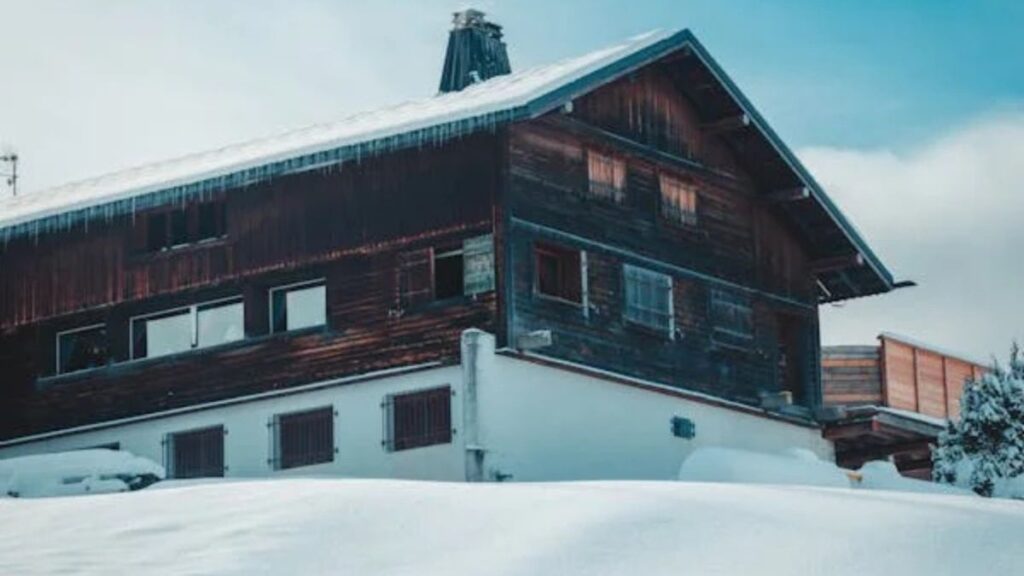Drip edge is an often overlooked but critical component in roofing systems. When installed properly, it can significantly extend the life of your roofing materials. Homeowners may not realize the benefits of this minor metal strip, but understanding its function can lead to better roof maintenance and protection. Research shows that improperly installed roofs can lead to numerous issues, including water damage, mold growth, and even structural failure. This highlights the importance of knowing how essential each roofing system component is, including the drip edge.
What is a Drip Edge?
A drip edge is a metal flashing typically installed along a roof’s eaves and rakes. The primary purpose of a roof drip edge is to prevent water from running back under the roofing materials and causing damage. This simple feature directs water away from the fascia and into the gutter, helping to prevent rotting or decay. Additionally, installing a edge can add a clean and finished look to the roofline. It is usually made from aluminum, galvanized steel, or copper, which provides durability and resistance to rust. Understanding the principal function of a drip edge can help homeowners make better decisions about their roofing choices and maintenance.
Benefits of Installing Drip Edge
The advantages of installing a edge go beyond aesthetic appeal. First and foremost, it significantly reduces the risk of water damage by ensuring that rainwater is diverted efficiently away from the home. This can help in preventing costly repairs. Furthermore, a edge minimizes ice dams, which can form during winter months and lead to severe damage if left untreated. Preventing water accumulation and promoting proper drainage provides an essential layer of protection. In areas prone to heavy rainfall or snowfall, the importance of this protective measure cannot be overstated. Investing in a high-quality drip edge can save homeowners money in the long run, making it a worthy consideration.
How Drip Edge Works
The functionality of a drip edge is relatively straightforward yet profoundly effective. As rainwater hits the roof, the edge directs it over the edge and into the guttering system, preventing it from seeping under the shingles or metal roofing. This action helps to keep the roof deck dry and reduces the possibility of rot, mold, and mildew formation. Moreover, a edge also acts as a barrier against wind-driven rain that may otherwise infiltrate the roofing system. Properly designed and installed, it keeps the integrity of the roofing material intact even in adverse weather conditions. Regular inspections can ensure that this component remains debris-free and performs optimally.
Installation Considerations
When installing a drip edge, there are several important factors to consider. First, the drip edge should be installed before the shingles to ensure maximum effectiveness. This can prevent water from backing up and protect the underlying structures of the roof. Ensuring the edges are correctly aligned and secured firmly is essential to avoid potential gaps. The type of metal used is also crucial; heavier materials may be more appropriate for states with severe weather conditions. Homeowners should also consider the style of their roofs and choose a edge that complements the overall design. A professional installation is often recommended for optimal effectiveness, as mistakes in the installation can lead to more significant problems.
Common Misconceptions About Drip Edge
There are several myths surrounding roofedges that can lead to misunderstandings. Some people believe that a drip edge is only necessary for new roofing installations, while it is also valuable for existing roofs. Proper maintenance, including inspections, can catch minor issues and prevent them from escalating. Another misconception is that edges are only required in areas with heavy rainfall, but they can be beneficial anywhere as they help manage water runoff. Additionally, some homeowners think they can forgo it if they have gutters, which is not advisable as gutters alone don’t provide the same level of protection against water intrusion. Understanding these misconceptions can help homeowners make more informed roof maintenance decisions.
Maintaining Your Drip Edge
Maintaining your edge is essential for ensuring its effective performance. Regular inspections should be part of your roofing maintenance routine, checking for signs of wear or damage after severe weather events. Cleaning gutters and ensuring they are not clogged will allow water to flow freely and diminish the risk of overflow that can affect the drip edge. If rust or corrosion is evident, consider applying protective paint designed for metal surfaces to prolong its life. In the event of significant damage, addressing the issue promptly is essential to avoid compromising the roof’s integrity. A well-maintained edge can provide peace of mind and protect the home from future potential problems related to water intrusion.
As you can see, understanding the significance of a edge can genuinely transform how homeowners approach roof construction and maintenance. This seemingly minor component can yield significant benefits, including improved protection for your roofing materials, reduced repair costs, and enhanced roof longevity. Quality materials and professional installation can yield dividends in long-term roof health. Whether planning a new installation or looking to maintain an existing roof, the drip edge warrants consideration as an integral part of the roofing system.







